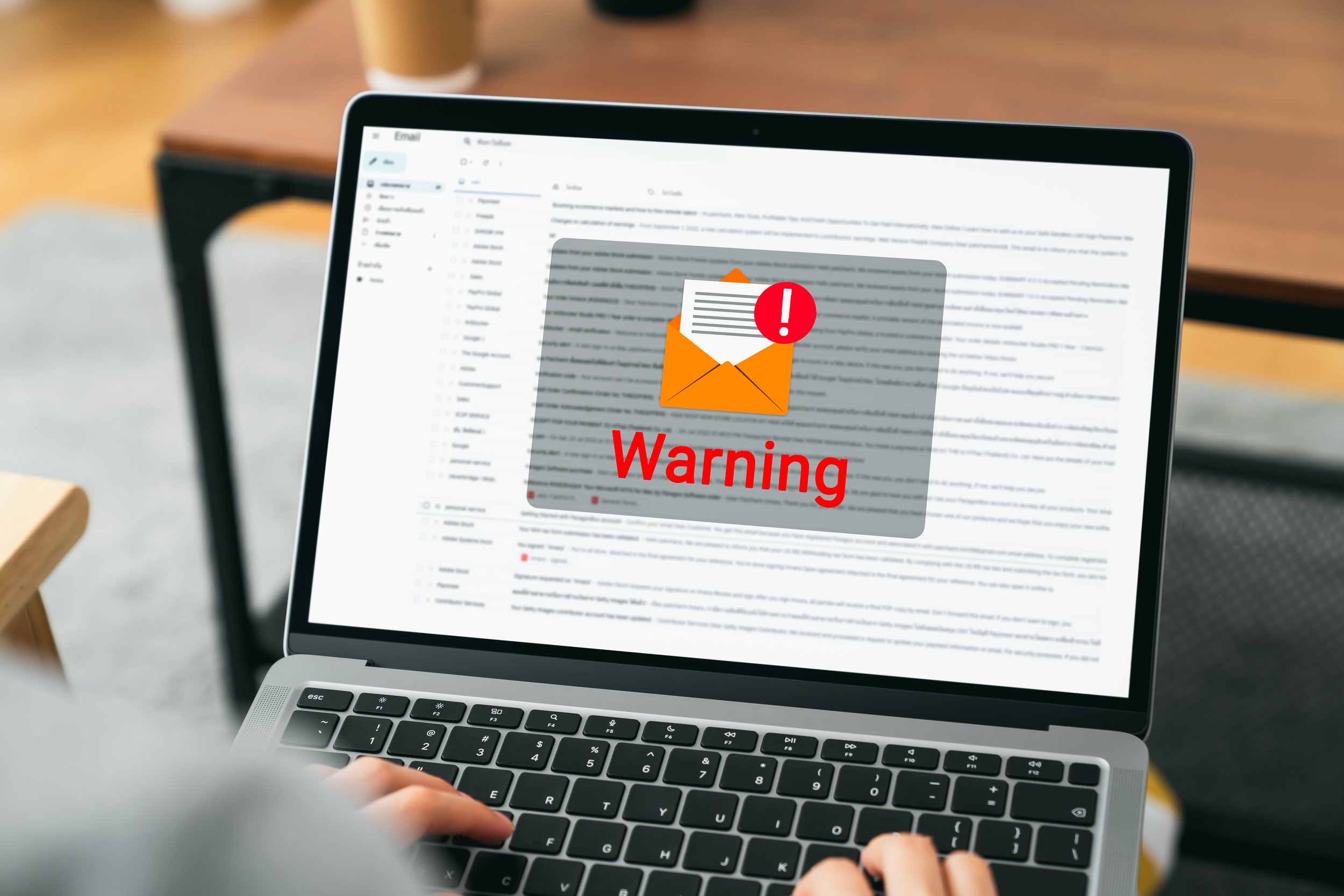Navigating the New Email Landscape: Google and Yahoo's Deliverability Changes
If your company is sending a lot of emails – especially to Gmail or Yahoo addresses – you might want to check this out! Google and Yahoo have decided to shake things up a bit in the email delivery world, and it could impact how effectively your messages reach their intended recipients.
Here's the scoop:
Google has decided to tighten the reins on bulk emailing. If you're sending more than 5,000 emails per day to Gmail addresses, you've got to make some changes to avoid getting labeled as spam.
But it's not just Google playing the tough guy – Yahoo is also following suit. They're adopting similar requirements to Google's, which means you've got to make some minor adjustments if you want your emails to land safely in your recipients' inboxes.
So, what exactly must you do to stay on the right side of these new email standards?
Here it is:
Authenticate Your Email Address: Think of this as proving your identity in the digital world. You'll need to implement protocols like SPF, DKIM, and DMARC on your domain to show that your emails are legit. This step is crucial for reducing the chances of your messages getting flagged as spam.
Make Unsubscribing Easy For the Recipient: Nobody likes feeling trapped in a never-ending stream of emails they don't want. Both Google and Yahoo now require visible, one-click unsubscribe options in all emails. Not only does this keep you in line with their rules, but it also respects your recipients' autonomy and could cut down on spam complaints.
Lookout For Spam Complaint Rates: Google and Yahoo aren't messing around when it comes to spam. They've set a strict limit of 0.3% for spam complaints, and exceeding it could cause your emails to end up blocked.
Rather than sending generic emails to a broad audience, try to make your messages feel more personal and meaningful to those receiving them. For newsletters, this might involve things like making sure people have to confirm they want to receive them, using filters to see who's interested, and making sure what you send is compelling and relevant content.
When reaching out to new people, it's about picking the right ones and sending messages they'll actually care about, at a time that makes sense.
So, keeping up with these email changes isn't just about avoiding spam folders – it's about connecting with your audience and getting good outcomes.


